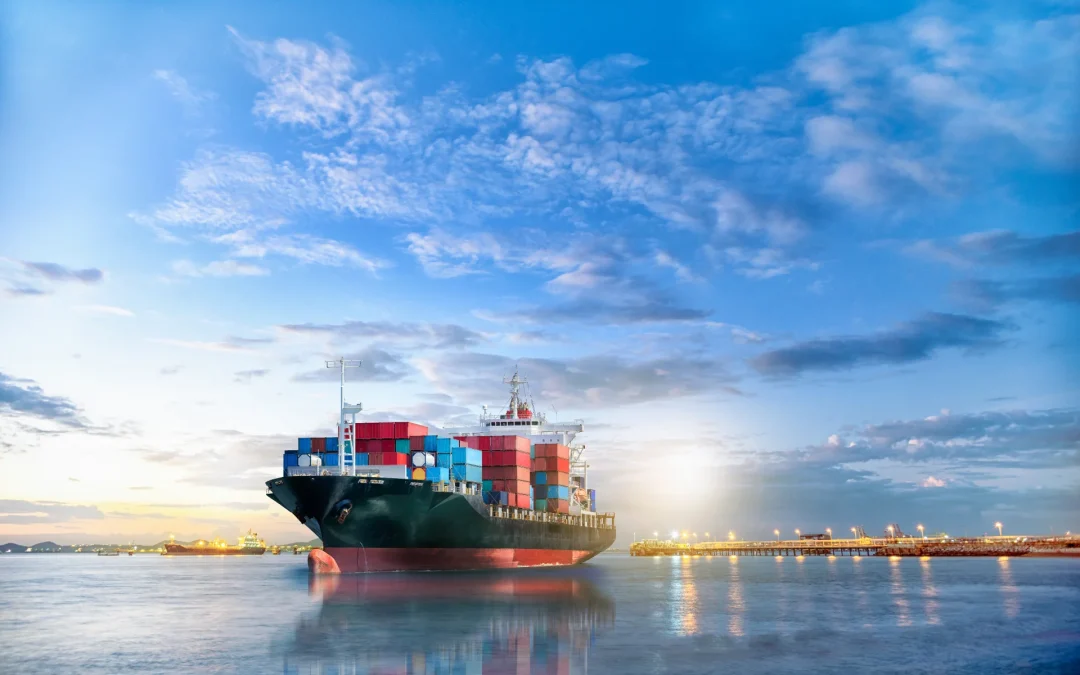Overseas transportation of goods entails many issues that may influence the kind of approach used in the process of shipping. Seaborne transport has remained popular among importers and exporters to move goods long distances at quite a cheap cost. Here are five major areas as to why ocean freight shipping remains the preferred mode of transport by those organizations involved in the movement of large volumes of cargo across borders.
1. Cost Savings
Ocean freight remains cheaper than other modes such as air freight, even though it is slower. The advantage of shipping via sea is that it enables the movement of much larger quantities and also quantities of more significant weight. However, the costs related to ocean freight are relatively low as it is a bulk business where costs spread out over a large number of units of goods shipped once the costs of containers and port handling are met. This means that since sailing takes longer than in integrated operations, carriers can pick cargo from different customers and transport it en-mass.
2. Global Connectivity
Global sea transport links various world economies through a vast and increasing system of maritime channels. The flexibility that can be observed implies that ocean freight can be achieved even in case remote production locations or even small scale exporters are involved. The sharing of containers enables companies to ship small quantities using half a 20 or 40-foot container at a time without having to pay for the whole unit. The increase in access gives companies that once could not afford air freight access to international markets.
3. Reliability and Security
Ocean freight is a convenient and relatively risk-free transport service for moving goods across the global supply chain. Government regulations and advancement in technology also play an important role in making SCoperations more transparent and issue identification and solving. To maintain and monitor the environmental conditions of the container, carriers fix GPS positioning systems and sensors on them. Through web-based solutions, companies can keep track of order status continually and receive the latest ETAs and documents.
4. Ideal for Heavy or Oversized Cargo
The large carrying capacity of container ships makes ocean freight suitable commonly used for transporting massive and heavy industrial products. Parts and manufacturing goods, building materials, agricultural machinery and products and other goods that do not need protection from moisture are moved over water. It is suitable for small consignments having high value or the essence of time to be delivered.
5. Sustainable Transport
Maritime transport stands out as the least Carbon-intensive way by which bulk throughputs of inter-continental cargoes can be moved. Container vessels transport freight far more environmentally friendly than other modes when the per ton of CO2 emission is considered. This is many times greater in terms of carbon output to carry the same amount of load through air freight.
Conclusion
Ocean freight services provide an almost unparalleled solution to the problems of higher cost, greater access, supply chain protection and cargo reach across long distances. For firms, which can manage cycles or inventories depending on ocean transit times, it is a value-added chance to make profitable entry into new overseas markets. These ocean freight services enhance the frequencies, reliability and visibility of sailing and they also enhance the sustainability of the business.
